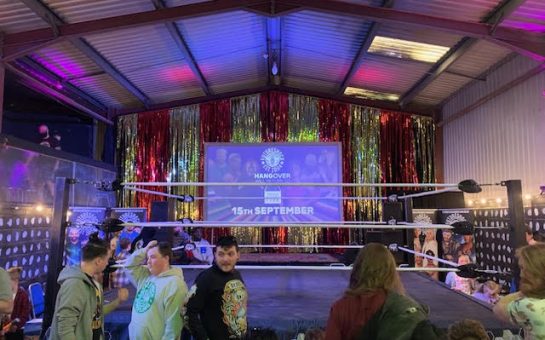2020 was the worst year on record for the second year in the row for violence against aid workers, according to recent findings.
Research compiled by Humanitarian Outcomes and the Aid Worker Security Database (AWSD) found that violence against aid workers in 2020 claimed 484 individual victims.
Major attacks on aid workers reached 283 in the course of a year, up from 276 in 2019, and 117 of the victims were killed.
The impact of the Covid-19 pandemic, increasing conflict in certain areas and a rise in common crime are some reasons why aid work is seeming more and more dangerous every year.
Manchester-based network GISF (the Global Interagency Security Forum) is an NGO forum that is driving change through its global network of over 130 member organisations.
Over the past 14 years the network started off with 40 NGO member organisations but is now a global ‘one-stop-shop’ for security risk management in the entire humanitarian sector.
Notable members include Oxfam, Save the Children and Mines Advisory Group.
Its aim, in a time where the violence against aid workers is increasing year on year, is to provide a vast safe space for members to contribute to and learn from.
A summary of major attacks against aid workers in 2016-2017 by Humanitarian Outcomes found that, when measured by body count alone, states were responsible for the highest number of aid worker fatalities in that time period.
54 aid workers were killed by state actors that year, mainly as the result of airstrikes by Russia and the US in Syria and Afghanistan.
Lisa Reilly, Executive Director of GISF, told Mancunian Matters that this state level of violence made it even more difficult to ensure safety.
She said: “It’s very interesting that there is an assumption that most of the fatalities are coming from what are being labelled as terrorist groups or organised armed groups but that’s not always the case.
“There is a state level of violence within conflicts which is also creating a level of uncertainty.
“If the threat is coming from up there, you can’t do anything.
“We’ve heard stories over the last few years, for example in Afghanistan, where deconfliction information is provided so the coordinates of where humanitarian buildings like hospitals are provided to the combatants.
“We’ve had experiences where that is ignored.
“If its localised armed groups, NGOs can normally negotiate access because the localisation means that people recognise the importance of what the organisation is doing.”
In 2020 there were 806 reported incidents of violence against or obstruction of healthcare facilities across 43 countries experiencing conflict, data from Safeguarding Health in Conflict Coalition revealed.
There have been examples of attacks from both state governments and armed groups.
As well as these security concerns, aid groups also have to protect themselves from the threat of abduction and a rise in general criminality due to the full global economic impact of covid.
For GISF, a way to connect aid workers and collaborate with security experts is key to managing risk in places of conflict. The forum’s members work in some of the most dangerous places in the world such as Afghanistan, South Sudan and Yemen.
Risks to the safety of aid workers is the main obstacle to humanitarian access often not getting to where it is needed most, according to the Humanitarian Outcomes 2021 SCORE report.
This was worsened by worldwide aid cuts due to the pandemic’s impact on certain areas of funding and budgeting has proven to be a major issue, especially for national and local aid workers who are more likely to be a victim of violence than international members.
Ms Reilly said: “The amount that people are spending on aid is going down so our ability to meet the needs of certain countries is affected.
“From a security perspective, Western governments need to ensure the organisations getting the funding have sufficient funds to manage the risks.
“We need the costs from international donors but we need to ensure there is sufficient so we can pass it down to our local partners as well.
“The assumption is that just because you’re from there you know what to do which is true to a certain extent.
“If you live in East London you might know what you can and can’t do but it also might mean you have to take a taxi home late at night
“If somebody puts your costs in and only covers the tube fair when you know that you’re working the late shift and have to get a taxi, that’s a cost that needs to be considered.”
274 million people are currently in need of some form of humanitarian aid and Ms Reilly believes an open source information platform like GISF is more important than ever in ensuring aid reaches those in need and in improving the security of aid workers worldwide.
“I think the humanitarian needs in the world are so high that we need to be able to get to them.
“Our resources are so limited so the more that we can coordinate and collaborate the more we can really create a platform where we don’t all have to make our own mistakes but can learn from the mistakes of others.
“I think the last evaluation we did, one of the questions we asked was ‘what would happen if GISF didn’t exist?’.
“One of the answers was: ‘we would have to invent it’.”



